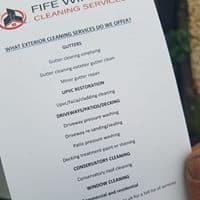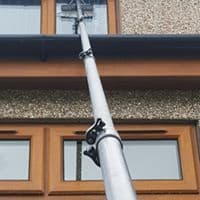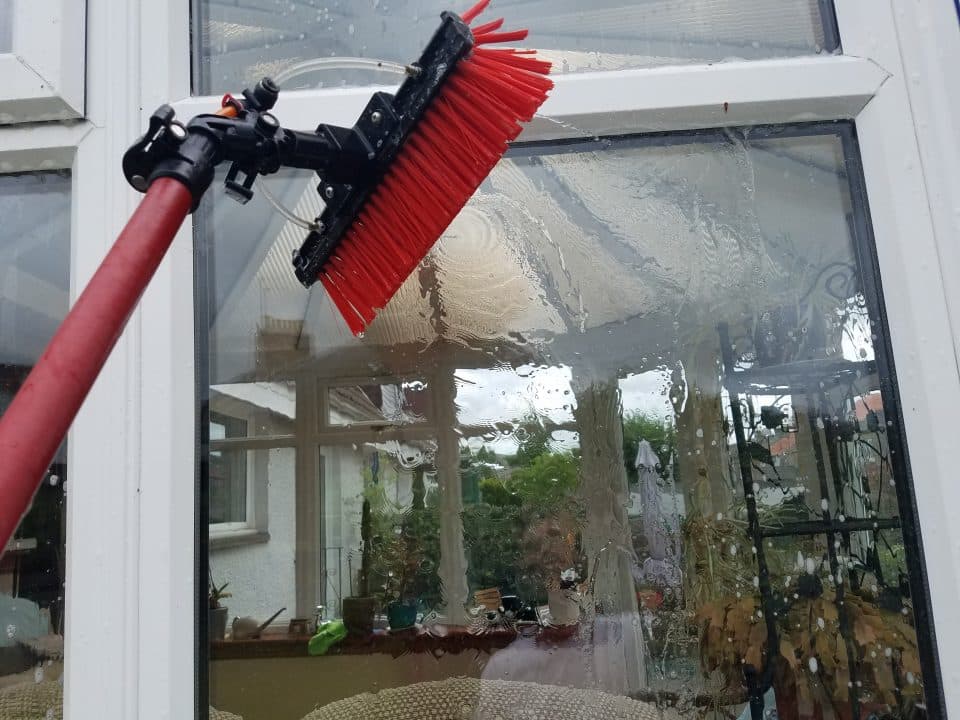PURIFIED WATER WINDOW CLEANING
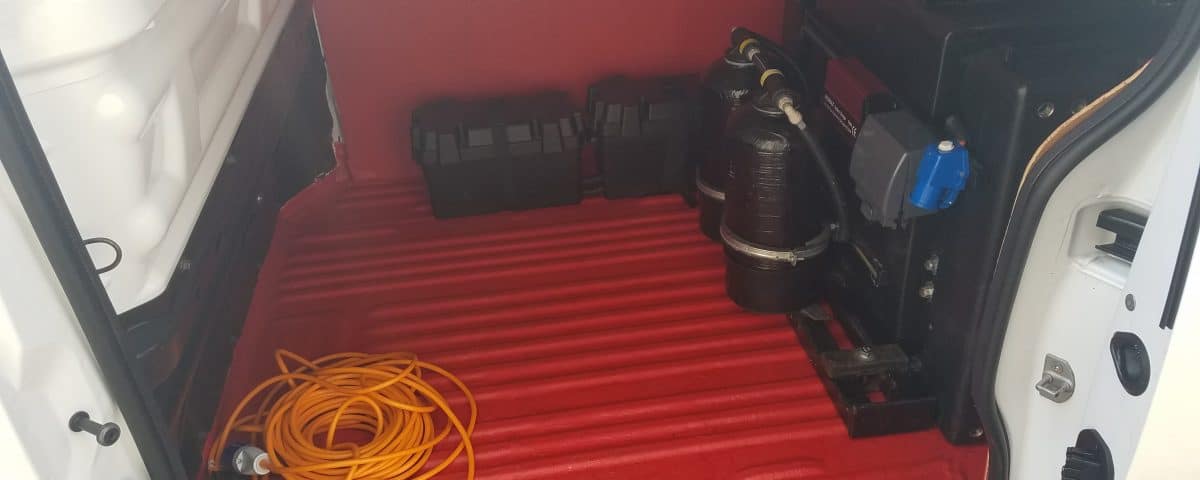
WHAT IS PURE WATER?
Purified water is water that’s been processed in a way that removes impurities and thus becomes suitable for the intended use. Distilled water is popular, especially in other countries; but recently water is purified in various other methods such as reverse osmosis or deionisation. Moving forward in time water has been purified to such a degree that not only can it be measured in parts per million (PPM) but also now in parts per billion and parts per trillion. Purified water is used in the pursuit of medical experiments, heavy industry use and in our case window cleaning. Depending on the way water is purified, this can be done on site or also pre purified in a laboratory or warehouse type setting.
When water is purified, this means that is has been deionized. The process removes all minerals such as zinc, magnesium and iron. Deionization is a chemical process that uses specially manufactured ion-exchange resins, which exchange hydrogen and hydroxide ions for dissolved minerals, and then recombine to form the water that is now purified. Three types of deionization exist: co-current, counter-current, and mixed bed. Since the resin we use for window cleaning is often classed as mixed bed resin, we shall look at how that process is developed.
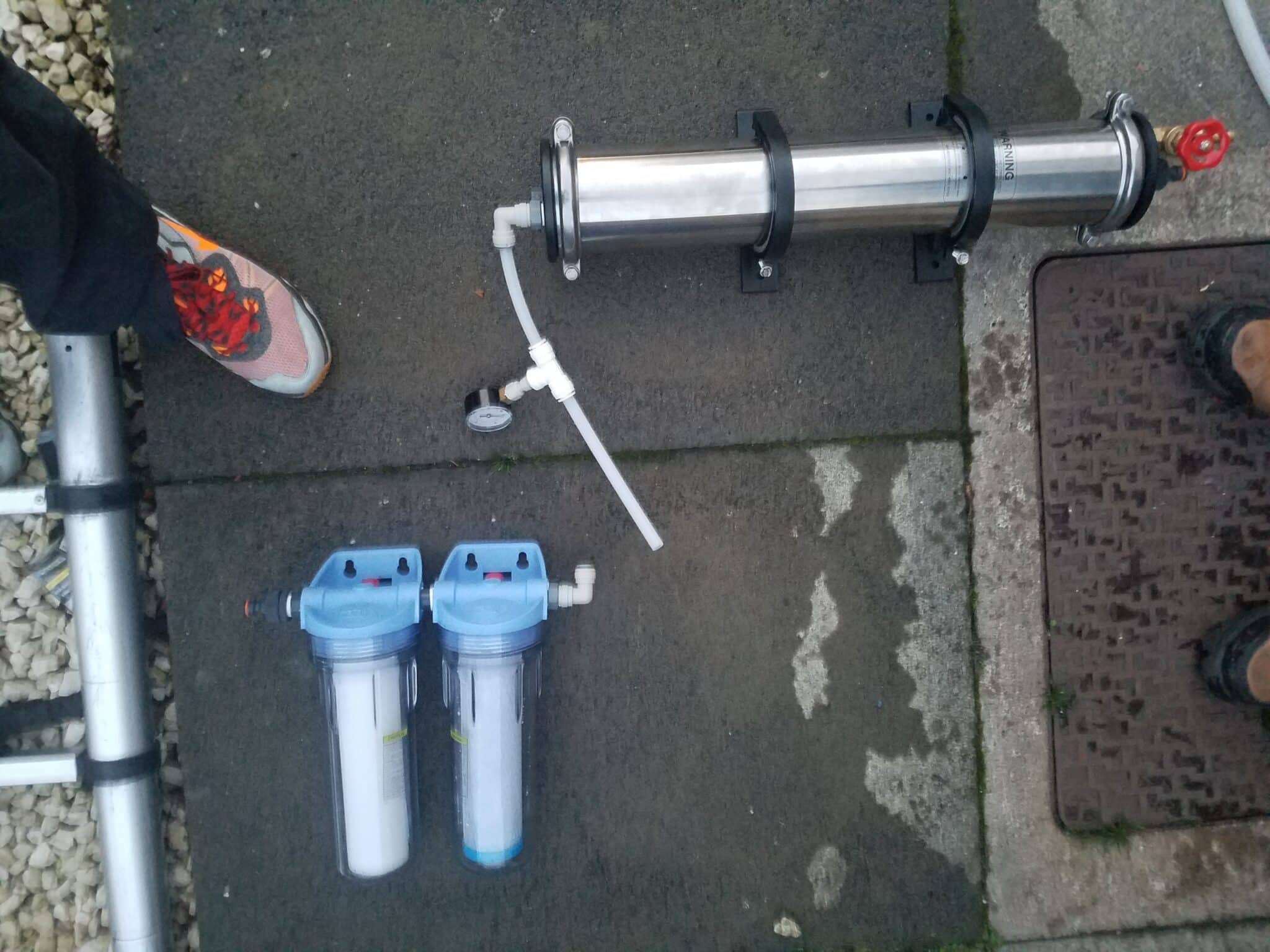
MIXED BED DEIONIZATION
Mixed bed deionization is a 50/50 mixture of cation and anion resin combined in a single ion exchange column. With proper pre-treatment, water purified through a mixed bed ion exchange column is the purest form that can be made. Most commonly mixed bed demineralizers are used for final water polishing treat to clean the last few hard to treat ions within water prior to use, and this is done as the final stage of many window cleaners reverse osmosis system; more on which later.
HOW DO WE USE IT FOR WINDOW CLEANING?
The two main ways in which purified water is made for window cleaning are through vessels in the van that produce purified water on demand, this is done by running a tap through the vessel and pure water is produced at the other outlet of these canisters. This is deionisation, and can be done with two DI vessels side by side for more cost effectiveness. Ion exchange resin fills the chambers of the canisters and remove all impurities, however when the resin becomes well used we have to change the resin or the PPM of water purity starts to decrease. This approach is often used in what is termed soft water areas, because it is cost effective to treat pre purified water using a DI vessel in areas where the initial impurity is not too high. In areas of hard water ie where there are many chemicals in the water, reverse osmosis is used to purify water. The photo of the inside of the van shows the rear of our system, which houses two DI vessels for purifying water on the move.
Reverse osmosis is the use of a filtration system that removes impurities from water, and in the case of window cleaning there is a carbon and sediment filter housed usually next to a large holding tank. The water passes through the large filters and then into a holding tank, where it can be pumped directly into our vans. We change these filters from time to time, because like the resin they also wear out after some use. There is a photo here showing some of our new reverse osmosis filters before we set them up.
WHY WOULD WE USE PURE WATER FOR WINDOW CLEANING?
The main reason this method was used for window cleaning originally, was to overcome high level cleaning issues. In fact Alex gardener who now runs one of the most successful Uk window cleaning supply companies https://gardinerpolesystems.co.uk/ states that he began making homemade window cleaning equipment to specifically overcome reach issues. The other main reason this is becoming so common, is that ladder work brings a lot of fall risks and more so with the way many new build homes are styled.
In practice we could use tap water, but as explained further up; the mineral composition has not been removed and this will result in severe spotting and staining to the glass. The reason for this is that those minerals will dry in a fine layer over the glass, and become visible to the human eye. When we use purified water there are no traces of anything in this water to dry onto the window, and the deionised water actually helps in the cleaning process because it sticks to all the dirt particles as we clean the windows. This happens, because the water is chemically drawn to attract new particles to replace the ones we have removed. As we rinse off the glass, the water that is rinsed off takes with it all those newly dirty particles.
To see a list of our full services please visit https://fifewindowcleaningservices.co.uk/
Blog written by Chris Fotheringham


